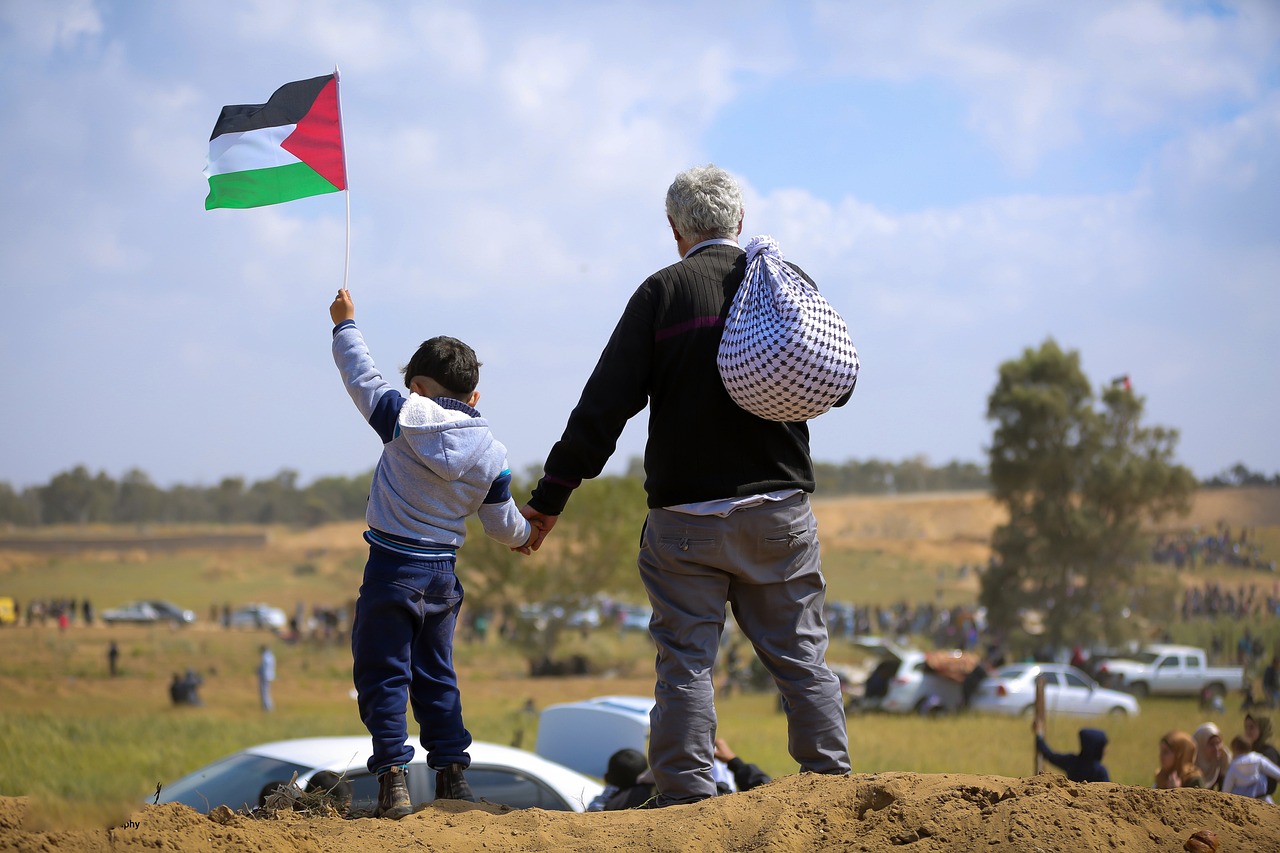
Israeli-Palestinian conflict explained
Some interesting stuff to research first:
- How To Outsmart a Romance Scammer
- America To See Unprecedented Surge In Online Shopping Scams On Black Friday And Cyber Monday
- All features for €2.29/mo
Get Surfshark
The Israeli-Palestinian conflict is a long-standing and complex political and territorial dispute between Israelis and Palestinians. The roots of the conflict can be traced back to the late 19th and early 20th centuries when nationalist movements emerged among Jews and Arabs in the Middle East.
Here is a brief overview of key events and issues in the conflict:
Zionism and the Balfour Declaration (Late 19th to Early 20th Century):
- Zionism, a movement advocating for the establishment of a Jewish homeland, gained momentum in Europe, particularly in response to anti-Semitism.
- The Balfour Declaration of 1917, issued by the British government during World War I, expressed support for the establishment of a "national home for the Jewish people" in Palestine.
British Mandate (1920-1948):
- The League of Nations granted Britain the mandate to administer Palestine after World War I.
- Tensions between Jewish and Arab communities increased during this period, fueled by conflicting national aspirations.
Partition Plan and the Creation of Israel (1947-1948):
- The United Nations proposed a partition plan in 1947, dividing Palestine into separate Jewish and Arab states, with Jerusalem as an international city.
- The Jewish leadership accepted the plan, but the Arab leadership rejected it, leading to the 1948 Arab-Israeli War.
- Israel declared its independence in 1948, and neighboring Arab states intervened in the conflict.
Arab-Israeli Wars (1948, 1956, 1967, 1973):
- Israel won several wars against Arab neighbors, expanding its territory.
- The 1967 Six-Day War resulted in Israel occupying the West Bank, East Jerusalem, the Gaza Strip, the Sinai Peninsula, and the Golan Heights.
Occupation and Settlements (Post-1967):
- Israel's occupation of Palestinian territories led to the establishment of Israeli settlements in the West Bank and East Jerusalem.
- The construction of settlements has been a major point of contention, as it is considered a violation of international law.
Oslo Accords (1993):
- The Oslo Accords aimed to establish a framework for the resolution of the conflict, leading to the creation of the Palestinian Authority and limited self-governance in parts of the West Bank and Gaza.
Continued Tensions and Peace Efforts:
- Despite peace negotiations and intermittent efforts, the conflict has persisted, marked by violence, uprisings, and military confrontations.
- Key issues include the status of Jerusalem, the right of return for Palestinian refugees, borders, security arrangements, and the establishment of a Palestinian state.
The Israeli-Palestinian conflict remains a deeply rooted and multifaceted issue, with both sides holding strong national and historical narratives. Efforts to find a lasting resolution continue, but challenges persist, including competing claims to land, security concerns, and historical grievances.
Please help us grow and share this article with your friends 🙏 😊





Posted Comments
? I couldn't have asked for a better article. It's like you read my mind—it's exactly what I needed!
This article aligns seamlessly with my interests ?. It's exactly what I've been searching for.